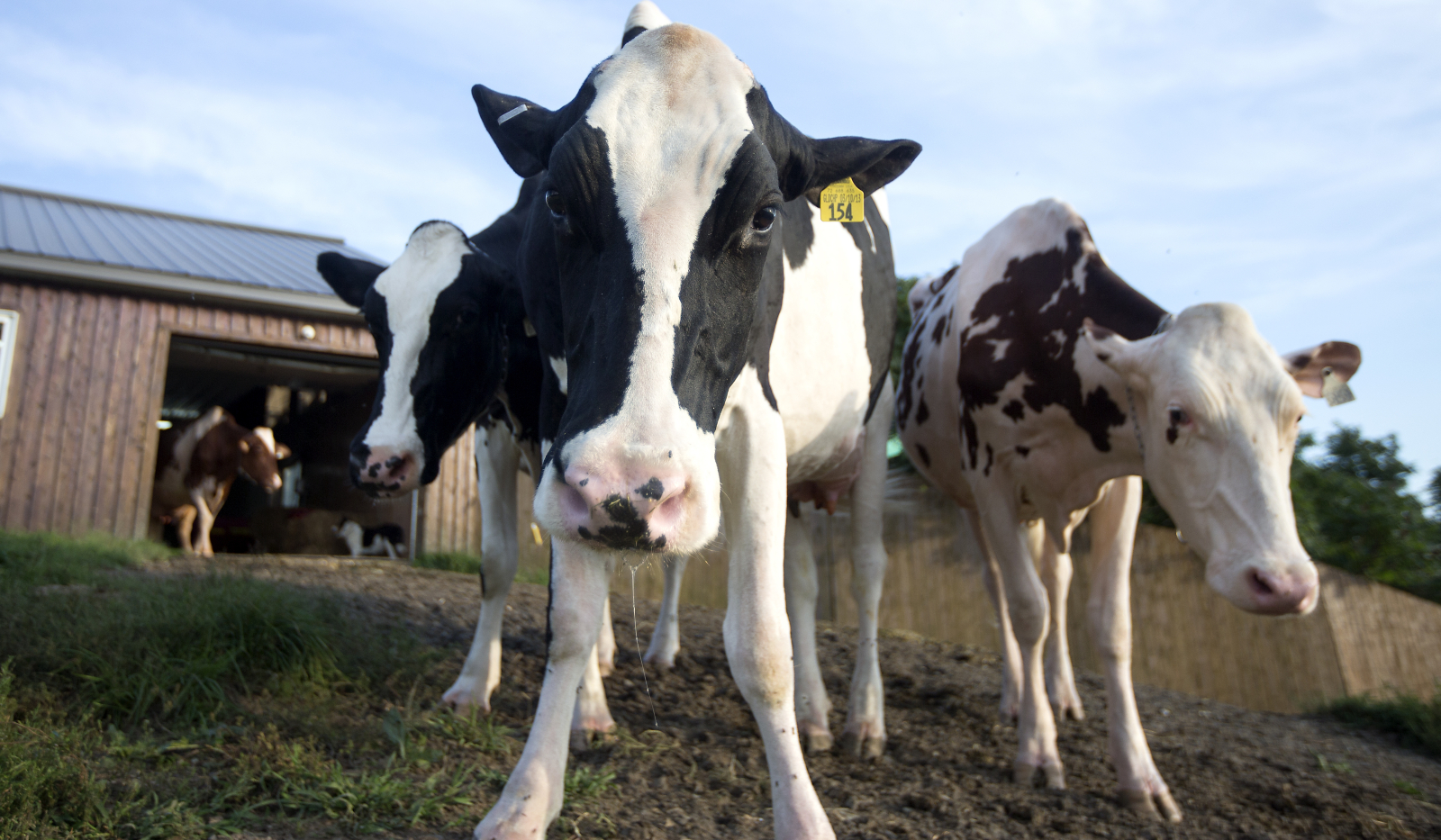Fifteen of the world’s largest meat and dairy companies emit roughly the same amount of methane as the entire European Union, according to new research.
The study, which concentrated on five meat companies and 10 dairy companies, was commissioned by the Institute for Agriculture and Trade Policy and the Changing Markets Foundation. It comes ahead of a planned update on the global methane pledge on Saturday at this year’s United Nations climate conference.
In the United States, Tyson Foods, the world’s second-largest meat company, releases roughly the same amount of methane as all livestock in Russia, while the national milking industry organization, Dairy Farmers of America, releases the same amount of methane as all livestock in the United Kingdom, according to the new study.
Shefali Sharma, European Director of the Institute for Agriculture and Trade Policy and study co-author, said the combined emissions of all 15 companies equal more than half of all of the United State’s methane emissions.
“That’s a staggering finding,” Sharma told Grist in an email. “If governments are serious about meeting their global methane pledge, then these companies should be number one on their list to regulate.”
Methane is a natural gas and also a greenhouse gas that is produced by a variety of human and animal activities, like waste production. Methane accounts for 20 percent of all global greenhouse gas emissions. According to the study, methane remains in the atmosphere for a decade but has 80 times more warming potential than carbon dioxide and, under current policies, emissions are expected to rise by 30 percent between 2015 and 2050.
At last year’s climate conference in Glasgow, the U.S launched the Global Methane Pledge, now signed by over 100 countries, to cut methane emissions from all sources by 30 percent by 2030. This year, at COP27, President Joseph Biden announced tougher restrictions on methane emissions from the oil and gas industry. Forty countries are expected to unveil methane reduction plans at this year’s climate summit.
The Biden administration has previously outlined plans to reduce agricultural methane production, with the majority of those plans focused on increased funding for waste digesters, which convert waste from large-scale dairy, poultry, hog, and other operations into methane. This technology, which is set to boom under the Inflation Reduction Act, is criticized by environmental and agriculture groups who see it as a way to continue propping up large, industrial agriculture that pollutes neighboring communities and emits tons of greenhouse gasses.
Sharma said the best way to cut livestock methane emissions is to reduce the number of animals that are produced, processed, and shipped around the world.
“This means incentivizing less and far better meat on well-maintained pasture, organically produced, farms that are good to their animals and treat them well,” she said. “In the U.S., this means supporting local, state and national policy that encourages this type of production, builds smaller and decentralized food supply chains that get to consumers.”
Study authors urged for increased government policy on methane regulation and tracking, including the monitoring of indirect emissions caused across the supply chain, known as scope 3 emissions. The newly released study found that none of the 15 companies investigated, from Nestlé to JBS Foods, the world’s largest producer of beef, chicken, and lamb, track methane emissions found across their supply chains.



